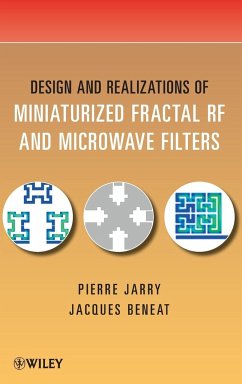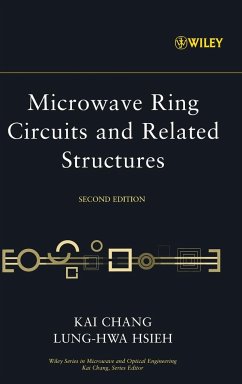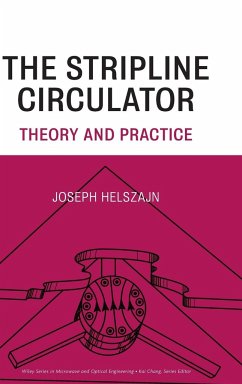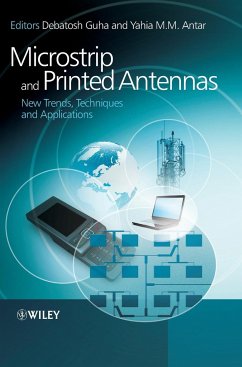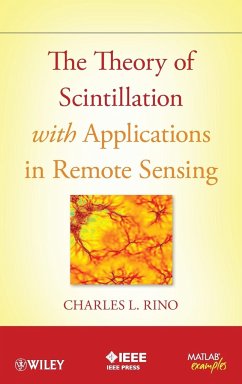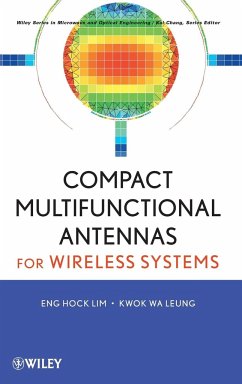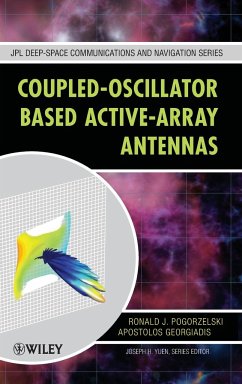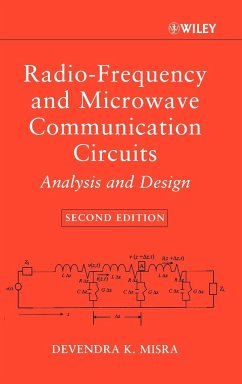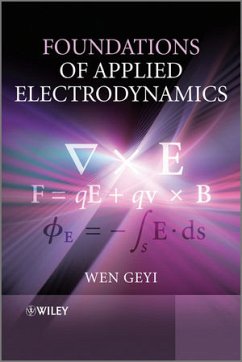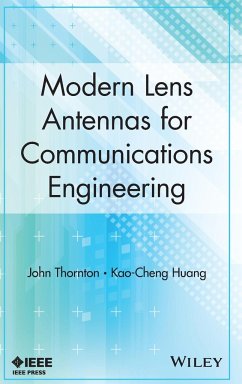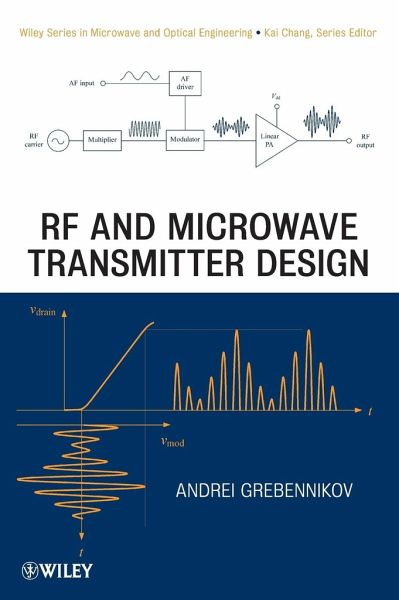
RF and Microwave Transmitter Design
Versandkostenfrei!
Versandfertig in über 4 Wochen
189,99 €
inkl. MwSt.
Weitere Ausgaben:

PAYBACK Punkte
95 °P sammeln!
Unique coverage of both historical transmitter design and cutting-edge technologies Bridging the gap between theory and practice of RF and microwave engineering, RF and Microwave Transmitter Design provides a systematic and analytical approach to new technologies (circuit design and software-oriented approaches) in all aspects of radio transmitter design. Jam-packed with the latest developments in the field, RF and Microwave Transmitter Design explores the results of well-known and new theoretical analyses, while informing readers of modern radio transmitters' practical designs and their compo...
Unique coverage of both historical transmitter design and cutting-edge technologies Bridging the gap between theory and practice of RF and microwave engineering, RF and Microwave Transmitter Design provides a systematic and analytical approach to new technologies (circuit design and software-oriented approaches) in all aspects of radio transmitter design. Jam-packed with the latest developments in the field, RF and Microwave Transmitter Design explores the results of well-known and new theoretical analyses, while informing readers of modern radio transmitters' practical designs and their components. Chapters covering topics such as circuit theory, oscillators, modulation and modulators, power amplifier design fundamentals, transmitter architecture, and more broadcast and streamline the author's considerable experience in RF and microwave design and development. In addition, RF and Microwave Transmitter Design: * Shows how RF and microwave power is required not only in wireless communications, but also in applications such as jamming, imaging, RF heating, and miniature dc/dc converters * Shares practical designs of modern radio transmitters and their components * Provides novel designs and approaches that combine circuit designs, analytical calculations, and computer-aided design to shorten overall design time RF and Microwafe Transmitter Design looks at the impressive journey of transmitter design from a novel perspective-from its beginnings to its present state of the art-to paint a complete picture of how to successfully execute the circuitry behind cutting-edge technologies. Up-to-the-minute details present practicing designers and engineers with scalable and elegant solutions in transmitter design that meet or exceed today's robust requirements-and help them diversify their skills to reach across a broad spectrum of applications.




